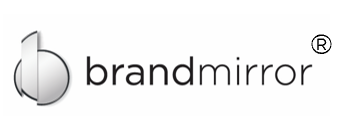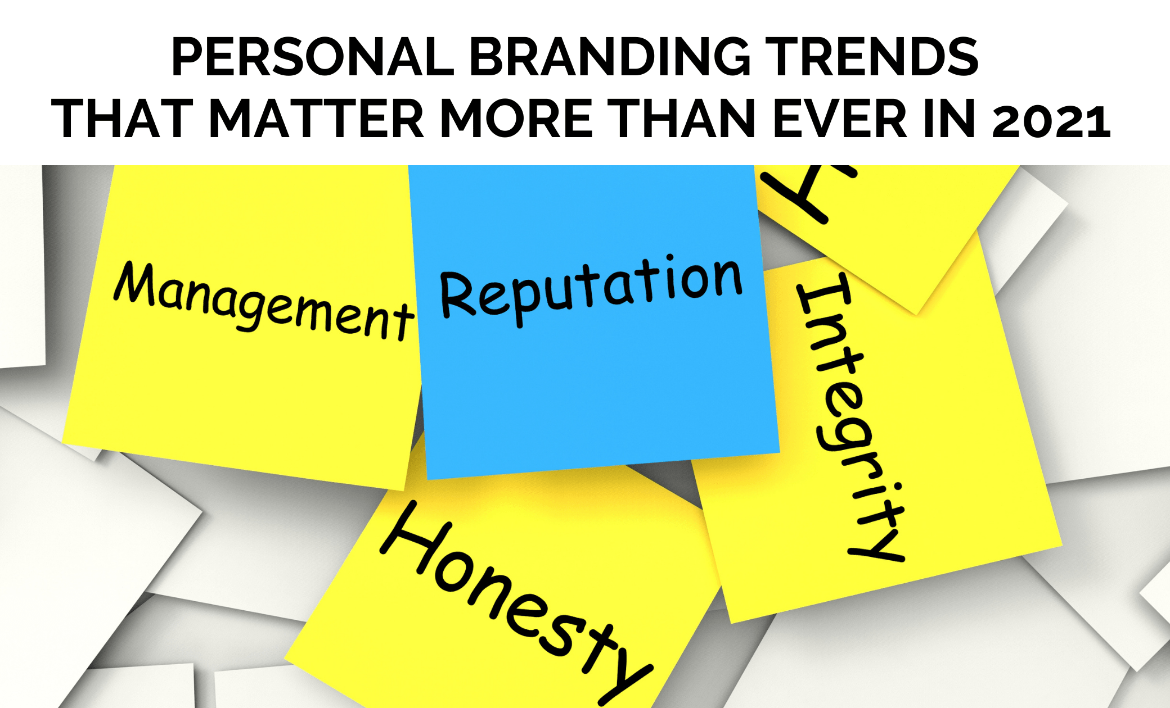It’s hard to imagine a more welcome transition into a New Year. After an incredibly challenging 2020, we all want 2021 to be a year of recovery, rebuilding, and progress. Our personal brand is a great place to start. Thinking through where and how we want to appear can set the tone for all our other efforts. Here are some of the trends to consider for your personal brand. Whether you are a CEO, business owner, startup, executive, or leader at any level, now more than ever, our personal brand is a critical asset to cultivate. Here are five trends that will differentiate individuals in the workplace and in life as we continue to navigate uncertainty and move forward.
Leaders will need to show up and navigate conversations with empathy. When it comes to leading a business and managing people, we never really know what is going on outside of the work world in turbulent times. This is a critical reason why leaders will want to practice having conversations with empathy. If someone is having a hard time in their role, check in and ask how they are doing and how you can help. We never know what someone is going through until we ask. This is true all the time, and even more so in today’s environment. One of my favorite books is Leadership and Self Deception. A key theme is that if you see a person as a problem (or obstacle for you), instead of a person, then it is definitely time to step back and re-engage the empathy muscle.
Insight: If 2020 taught us anything, it was about how to listen and learn. Everyone has a different perspective and viewpoint and for them it is their truth. Seek to understand by asking questions and then brainstorm on how to move forward in a collaborative way.
Assess and tweak/revamp your formal and informal communications. For leaders, it is about retaining and building authentic connections that help people feel connected. It is a great time to revisit what communications and touchpoints you have with your stakeholders and which ones are informal versus formal. For example, in a pre-Covid world, one could stop by someone’s desk and check in. That is not possible in the same way right now, so what would that look like? Potentially it is just a virtual lunch with a small group or a phone call. It is important to create opportunities for structured discussion and places where people can truly be heard and connect in more informal ways to help build relationships. This might include virtual coffees, team building, etc. It is imperative to give people time back too – if your company was “over-meetinged” before Covid – then revisit how you can be more efficient and productive with fewer/different meetings. People have a lot more on their plate now with their home and work life colliding. A simple question about when meetings should occur given school schedules (or any new obligations your team faces) is a great first step.
Insight: Remember, we all want to feel valued and heard. Revisit your communication style and make sure you are creating space to value others and hear their input. If this is not your strong suit, ask for help.
Rethink how to collaborate and drive creativity in a virtual environment. For leaders, consider checking on what collaborating could look like in a virtual world. A first step could be to train your team on how to show up in a virtual world – coach them on presence, lighting, getting comfortable on screen. When it comes to meetings, keep them focused and potentially shorter. It is important to give people an opportunity to engage and not just be a talking head. Maybe an hour meeting every week becomes 15 minutes twice a week and is more of a round robin check in. It is critical to set rules that include video must be on and no multitasking (however this is likely only possible if meetings are actually being run efficiently). A key action for leaders when it comes to collaboration is to consider how to engage – ask your team what they want to keep doing, stop doing, starting doing, and change. Don’t be afraid to try tools like Loom for videos, Mural.co for post-it-note like brainstorming, or tools like Kahoot or Clubhouse for engagement.
Insight: Problem solving is a great way to bring people together and provide space for others to think outside the box. As a leader, one key thing is to stay calm and create a safe space for people to innovate in and not be afraid to fail. If people are stressed, they are not able to be creative and it can create a negative ripple effect.
Assess your personal brand as a leader. As a leader, it is helpful to ask for feedback and understand how you are showing up to different audiences. For example, your direct reports or peers might perceive you differently than front line employees or customers. How do you make sure you are showing up consistently and the way you would like to show up? Ask. One great exercise is to simply ask people to describe you in a few words and compare them with how you think you show as well as how you would like to show up. Identify if there is a difference and what actions you might need to take to close the gap. There is an excellent book, Relevance, and it shares a formula for how to increase your Relevance. The key drivers of relevance include mastery (or expertise), authenticity, empathy, and action. How do you show up as a leader in each of those categories?
Insight: Consider taking the DISC, StrengthsFinders, or Enneagram as a team and compare notes through a facilitated team building event. This can be a great way to develop together and assessments can make the conversation more objective and not feel like a personal attack.
Identify how you want to show up as you look ahead. Growing up there seemed to always be a mantra around what success is – what do you have, what have you done, and who are you. Instead, another way to approach this is to think about who you want to be, therefore what do you have to do to show up that way, and then what would you have if you showed up that way? These questions are provocative and helpful, thanks to Dianne Falk and Mark Silverman, two of my favorite executive coaches who helped me understand these questions and really define success on my own terms versus what society or others want.
Insight: Write down how you want to be in one column, then in the next column what behaviors would lead to that, and how would life be different in the final column. Consider doing this with a trusted friend or family member and see how it goes.
Each of these points can impact your personal brand and as a result, the brand of your business. Prospects and clients value authenticity, integrity, and transparency more than ever. Building a reputation and brand that is clear, consistent, and shows how you walk your talk is a huge competitive advantage for your business. Not only does it attract prospects, and potential partners, current and future employees will have a vested interest in your brand too. As you navigate the new year and its challenges, take the time to think through your personal brand so that you can reach your successes and steer clear of troubled waters. Happy New Year and here’s to a transformative year ahead.
© 2021 Jennifer Dalton
Jen Dalton is a personal brand specialist with entrepreneurship in her DNA. Her second book, Listen: How To Embrace the Difficult Conversations Life Throws at You, is an insightful guide into navigating tough talks. She helps business owners and executives define how they show up as leaders, make the most of their strengths and tend to their legacy, growth and visibility. As an author, frequent speaker, podcaster and “Purpose Sherpa,” Jen is a critical resource for any person or company that wants to define their brand and differentiate themselves in authentic, credible, and relevant ways to the market.

